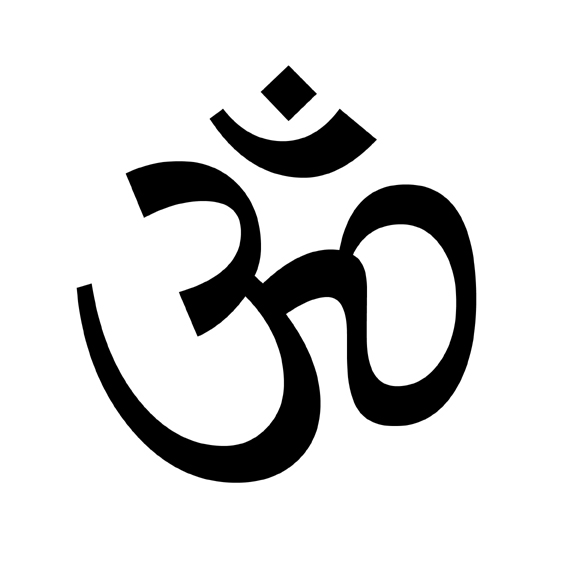The Transformative Processes in the
Context of India
Equal Opportunity
The equal opportunity process in the Seven Transformative Processes is the “struggle by members of the subordinated group and their allies, to gain political and economic rights, social treatment, and economic opportunities equal to those of the dominating group” (Matthaei, Brandt 5).
The country of India has had equality problems in regards to the caste system and treatment of women in the past but is in the progress of overcoming them. India as a democratic nation has taken steps to improve the quality of life and give equal opportunities to those in the inferior groups in regards to class and race. The rights to equality are addressed in Part III Articles 14 to 18 of the Indian Constitution. Specifically, Article 15 prohibits discrimination on grounds of religion, race, caste, sex, or place of birth. This clause removes the caste system and makes women equal to men. Article 16 addresses equality of opportunity in matters of public employment. This is beneficial to the lower classes and women who might not be hired based on their “inferiority.” Article 17 abolished the untouchable concept and people face consequences for disobeying.
The caste system was predominately engraved in the Indian society. The British made a list of Indian communities and used the terms “castes” and “tribes” to describe them. The castes were the elite of the Indian society while the tribes were those communities who lived in the jungles and mountains. After the British, the Indian government used these terms to decide who were entitled for positive discrimination. The untouchables or Dalit, meaning depressed, in modern India still exist but at a low level. Practicing untouchability or discriminating a person based on caste is legally forbidden. Anyone who violates this law would be punished. Along with this law the government allows positive discrimination of the depressed classes of India.
Women in India were treated terribly during the British rule and even afterwards. The government has formed laws protecting women’s rights, however they are not heavily enforced since the country has about five hundred million women. People follow their religious laws of Hinduism or Islam. According to the Social Institutions & Gender Index from the OECD, women hold a moderate level of authority, power, and status in regards to family matters. But although national laws abolished traditions of passing inheritance to the son, this still occurs. The Indian legislative also protects women’s physical integrity and financial independence, but this is again poorly implemented. All of the laws are in place, but just need to be strongly imposed by the government for more equal opportunity for women. The following clauses in the Constitution show that the government values equal opportunity in relations to class and gender:
Part III of the Indian Constitution:
Right to Equality
14. Equality before law — The State shall not deny to any person equality before the law or the equal protection of the laws within the territory of India.
15. Prohibition of discrimination on grounds of religion, race, caste, sex or place of birth — (1) The State shall not discriminate against any citizen on grounds only of religion, race, caste, sex, place of birth or any of them. (2) No citizen shall, on grounds only of religion, race, caste, sex, place of birth or any of them, be subject to any disability, liability, restriction or condition with regard to — (a) access to shops, public restaurants, hotels and places of public entertainment; or (b) the use of wells, tanks, bathing ghats, roads and places of public resort maintained wholly or partly out of State funds or dedicated to the use of the general public. (3) Nothing in this article shall prevent the State from making any special provision for women and children. (4) Nothing in this article or in clause (2) of Article 29 shall prevent the State from making any special provision for the advancement of any socially and educationally backward classes of citizens or for the Scheduled Castes and the Scheduled Tribes.
16. Equality of opportunity in matters of public employment — (1) There shall be equality of opportunity for all citizens in matters relating to employment or appointment to any office under the State. (2) No citizen shall, on grounds only of religion, race, caste, sex, descent, place of birth, residence or any of them, be ineligible for, or discriminated against in respect or, any employment or office under the State....
17. Abolition of Untouchability — "Untouchability" is abolished and its practice in any form is forbidden. The enforcement of any disability arising out of "Untouchability" shall be an offence punishable in accordance with law.
18. Abolition of titles — (1) No title, not being a military or academic distinction, shall be conferred by the State....
SOURCES
Daniel, Aharon. "Caste System in Modern India." Information on India. 2005. Web. 2 Apr 2010. <http://adaniel.tripod.com/modernindia.htm>.
Matthaei, Julie and Barbara Brandt. "The Transformative Moment: Part II." From Richard Westra, ed. The Political Economy of the Present and Possible Global Future(s). (New York: Anthem Press, 2009), 5.
OECD. Gender Equality and Social Institutions in India. , Web. 2 Apr 2010. <http://genderindex.org/country/india>.

